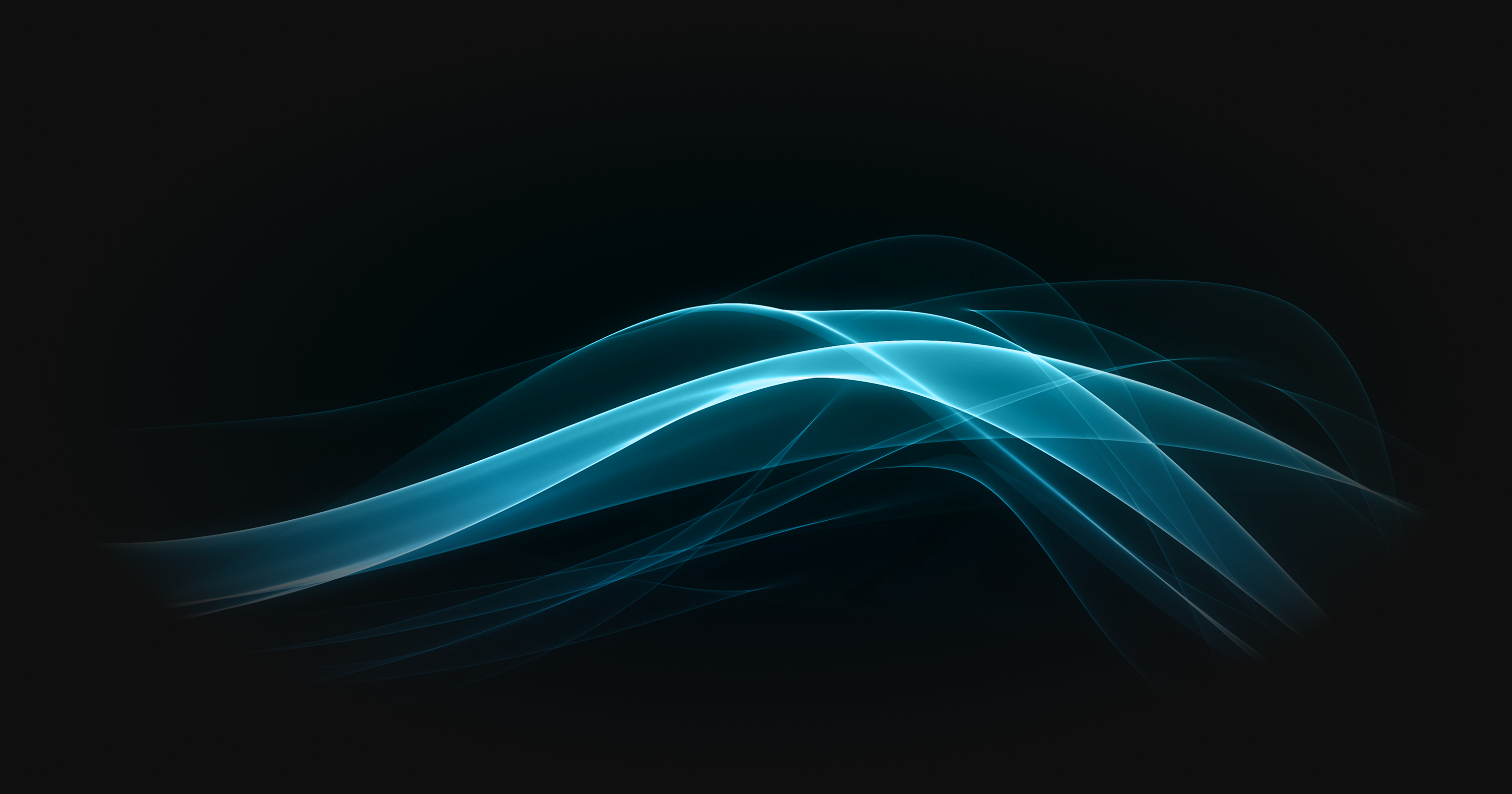
In 2020, Y Combinator CEO Garry Tan said that for startups to succeed, they must satisfy at least one of three criteria: Better, Faster, or Cheaper.
"Just as Snapchat wasn't the first messaging app and Facebook wasn't the first social network, you don't need to be first. But you do need to be different."
We believe this principle still holds true today. Google was better than AltaVista, Uber was faster than taxis, and Amazon was cheaper than traditional retail stores. However, as market competition intensifies and users become more sophisticated, simply being fast and cheap is no longer enough for differentiation.
So what's the answer to creating "better products"? Garry Tan suggests that to build better products, you need either exceptional technical expertise or well-defined target groups.
(See this video for more details)
But this definition is quite subjective and relative, and we're increasingly seeing examples in reality that can't be explained solely by outstanding technical capabilities or precise targeting.
What makes a product truly better?
We believe that creating better products requires a new condition: "Lighter." The lightness we're talking about doesn't simply mean a simple UI. It means reducing cognitive burden and eliminating complexity to ultimately create a more natural user experience.
Lighter can be seen as a refined condition of Better. We frequently see products that are growing without overwhelming technical capabilities or highly precise targeting—products that are neither faster nor cheaper but demonstrate their own unique value. For example, Linear has fewer features than Jira but wins developer teams' hearts with its clean and intuitive interface, while Notion has grown rapidly through simplicity that anyone can easily use, unlike complex enterprise tools. What these products have in common is that they provide a lighter experience than existing products.
In already fiercely competitive markets, light UX/UI becomes not just a differentiation point but a core competitive advantage. This is especially true in saturated markets where users experience choice fatigue.
Complex products take longer for users to understand and become familiar with. This leads to high churn rates and low conversion rates, increasing marketing costs. In contrast, light UX/UI allows users to quickly recognize a product's value and start using it, naturally reducing acquisition costs.
Easy-to-use products are also easy to recommend to others. Complex products are difficult for recommenders to explain and make recipients hesitant to try. Light UX/UI gives confidence that "you'll understand once you try it," creating natural word-of-mouth.
The most important thing we consider when developing light products is simplifying the entire process from the moment users start using the product to the moment they achieve their goals. We've been practicing three principles to achieve this.

Adding features is easy, but removing them is difficult. During development, features added with the thought "just in case we need this" accumulate and make the product heavy. Sometimes, rapidly adding features that users want can lead the product in a direction different from its original intent.
For 18 months, we operated our product privately, focusing on reducing unused features rather than adding new ones. After confirming low usage rates through user interviews and data analysis, we boldly removed various tool integrations and Wiki features that were planned as differentiation points at launch, and now focus solely on to-do list and calendar functions.

We prioritize minimizing the mental fatigue users feel while using the product. We've consistently unified all visual elements—colors, fonts, spacing, hierarchical structure—and limited the amount of information that needs to be processed at once.
Elements that don't necessarily need to be visible are hidden and designed to appear only when needed. We try to minimize elements that could increase cognitive burden so that using Arch Calendar feels organized and comfortable.

We design UX so users can naturally use the product without separate learning.
The calendar is one of the longest-used dashboards in software. It has a minimal learning curve, is a dashboard that working people visit at least once a day, and is the most universal dashboard without language barriers.
Therefore, we designed our system to manage tasks and notes based on the calendar to minimize the learning curve. We believe that managing tasks and notes together in a calendar that everyone has used at least once and visits daily is the most intuitive approach.
We practice the values of "Better, Faster, Cheaper, and Lighter." We believe the importance of Lighter will only grow in future product development. AI technology advancement has made it possible to provide personalized experiences without complex settings or user input. This provides opportunities to further simplify user interfaces.
When analyzing markets, we closely examine the complexity of existing products. We thoroughly analyze user reviews and feedback of existing products to understand which parts inconvenience users and which features are rarely used in practice.
When developing products, we apply MVP principles more strictly. Rather than simply implementing minimal features, we focus on delivering the most important value to users in the simplest way possible.
In user testing, we focus on verifying not only feature completeness but also ease of use and intuitiveness. We carefully observe users' reactions when they first encounter the product, the time it takes to find core features, and the difficulties they experience during use.
"Better, Faster, Cheaper, and Lighter" isn't simply adding one condition to the existing formula. It's a new product development philosophy that reflects modern consumers' changed needs and expectations.
Users living in an age of information overload no longer want complex products. Instead, they're looking for products that make their lives simpler and more efficient.
The importance of Lighter will only increase in future product development. New technologies like AI and voice interfaces are enabling more natural and intuitive user experiences. Our goal is to leverage these technologies to create even lighter products.
Ultimately, we believe great products are not those that complicate users' lives, but those that make them simpler and more convenient. Based on the new formula of "Better, Faster, Cheaper, and Lighter," creating truly user-centered products is the direction we believe in.